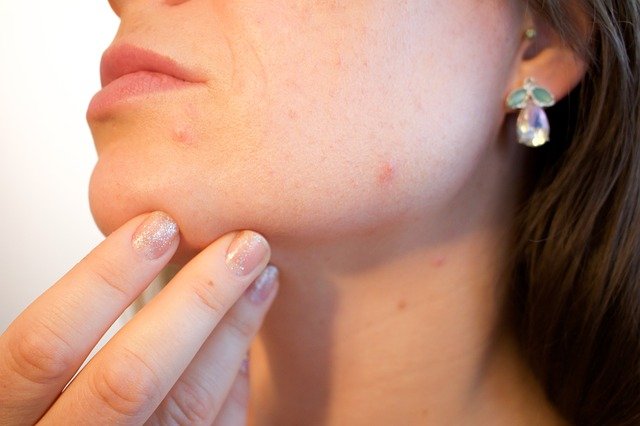A healthy person’s body is filled with many microscopic living organisms and bacteria. They are found everywhere inside our body in our guts, genitals, and elsewhere. But what if you came to know that millions of creatures are crawling in your face.
This fact might give an arachnophobe some very scary nightmares but many tiny creatures indeed dwell inside our faces. They live near the roots of facial hair follicles on both men and women, hidden away inside your pores.

These creatures are called Arachnids from the genus Demodex such as D. folliculorum and D. brevis, who live in hair follicles and sebaceous glands of our face respectively. These tick-like arachnids are known as face mites. The thought of having microscopic spider relatives embedded in your skin might seem a little daunting to an arachnophobe, but their presence is rarely a problem.
These mites are harmless for most people. They live a peaceful life buried in the facial pores of most human adults. Suppressed immune systems can lead to an overpopulation of mites, which can cause some inflammation and itchiness. There are also related to blepharitis, rosacea, and certain types of acne – but the vast majority of people will never even notice their mites. Regular good hygiene practices are often enough to keep them in check.

‘Face Mites’ live in our pores, and they eat our grease and natural oils. Demodex mites seek out these greasy meals, during the daytime where they sleep. At night, when you’re asleep, they crawl onto the surface of your skin to mate, quite gross indeed.
A paper published in PLOS ONE in 2014 revealed that 100% of adults who are tested in their study had traces of DNA from at least one Demodex species. Demodex mites are microscopic at around 0.3-0.4 millimeters (0.012-0.016 inches) in length.
Their small structure allows them to easily pack into your pores, with about one D. folliculorum per follicle and a few D. Brevis per sebaceous gland. The average adult human body has roughly 5 million hair follicles, so you can guess the number of face mites we can have on our faces.

Collecting face mites for research is not a desirable process. Researchers use tape or glue pressed against a person’s skin to pull them out, as well as plucking out hairs with tweezers or scraping the skin and collecting it for examination.
Watch this short video to get a better understanding of face mites.

